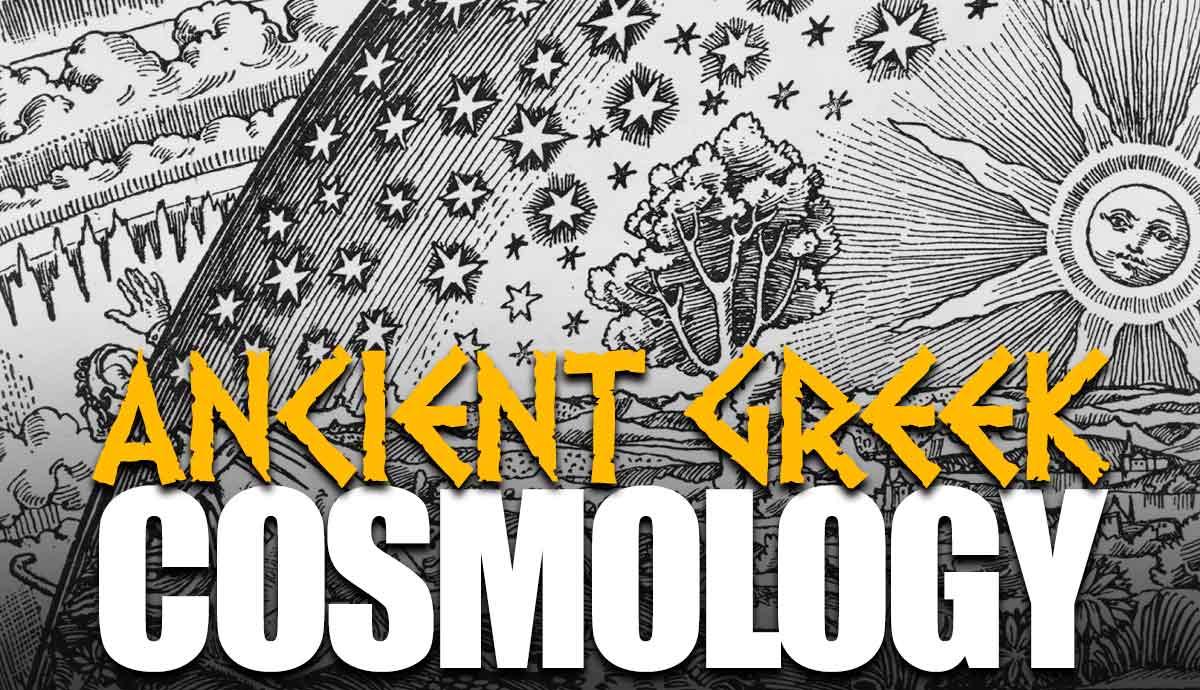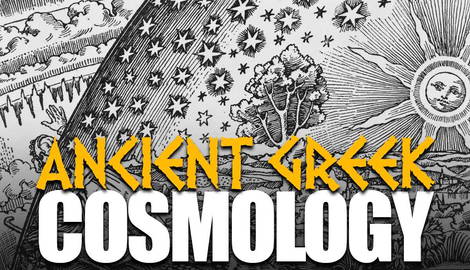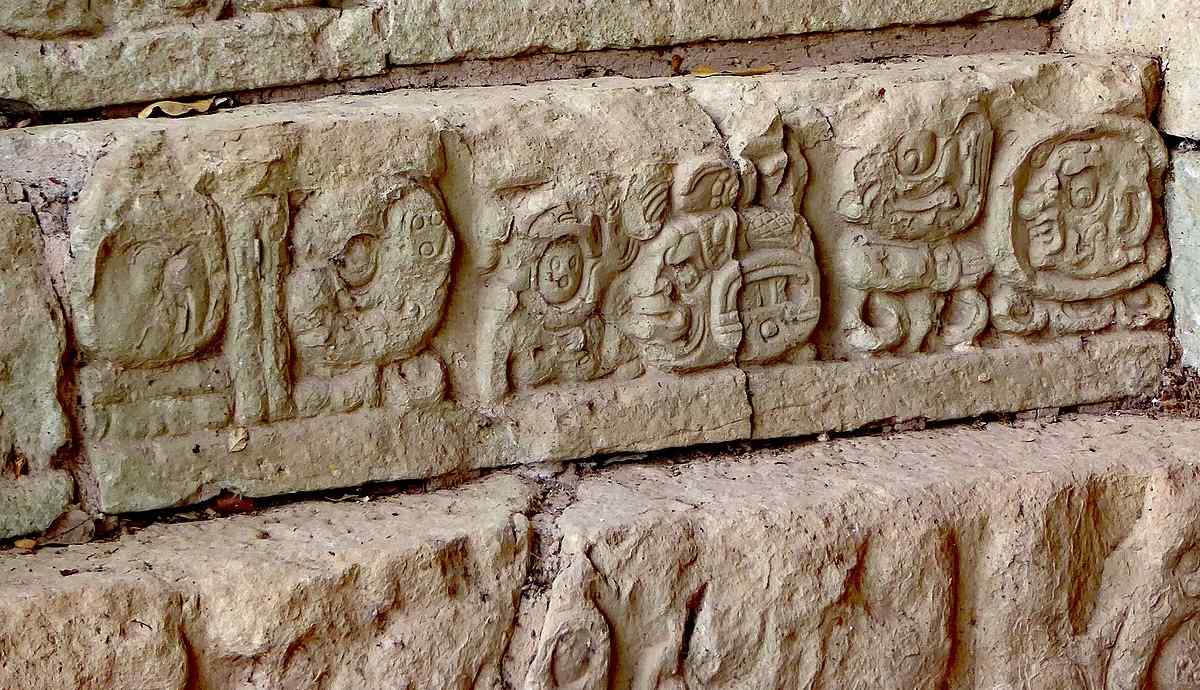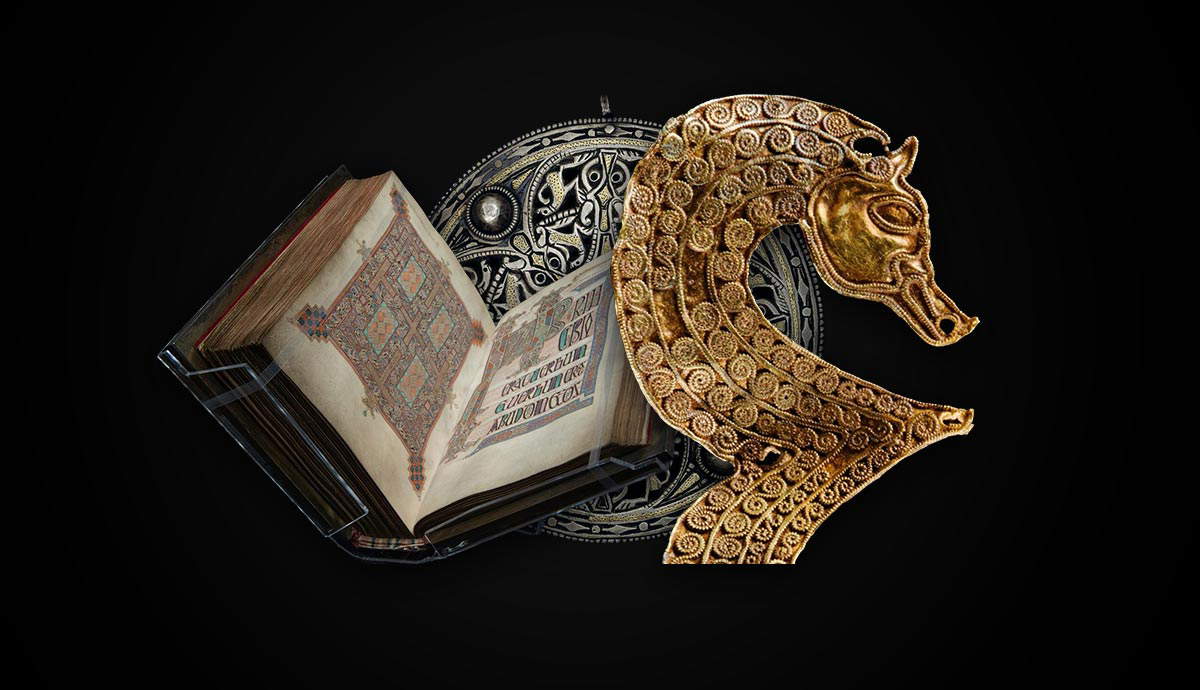
The word cosmos is itself derived from ancient Greek. It had various meanings, such as to dispose and prepare, but especially to order and arrange or to establish. The famous philosopher and mathematician Pythagoras used the term to describe the order of the universe. Initially, the cosmos was viewed as divinely created, finite, and bifurcated, divided into sublunary and superlunary realms. These ideas were based on a supernatural understanding of the world. With Thales and other philosophers of his time, thinkers began postulating a universe that was in tune with nature, based on physical and natural properties. Thus, early astronomers set forth to observe and mathematically analyze the universe empirically.
The Earliest Visions of the Cosmos: Thales of Miletus

Of the numerous ancient Greek philosophers, Thales of Miletus is often credited as being the first. Certainly, he was one of the earliest advocates for a naturalistic explanation for the observable phenomena in the cosmos. Thus, Thales expressed the foundations of the cosmos in terms that could be explained by nature rather than mythology or spirituality.
According to Thales, water was the fundamental building block of all things. He believed that water was the primary element that composed the cosmos and everything else derived from it. Thales proposed that water was the source of life and that it governed all forms of existence and transformations of all matter.
Regarding astronomy, Thales suggested the Earth floated upon water. Accordingly, also, the earth was believed to be a flat disc. Observing the changing states of water, and its ability to evaporate into the air and condense into rain, he evidenced water’s central role in the universe.
Thales was also accredited with accurately predicting a solar eclipse, demonstrating his knowledge of geometry and astronomy. He also introduced the concept of the celestial sphere, an imaginary sphere surrounding the earth, consisting of fixed stars and celestial bodies.
These views propounded further attempts to formulate theories of the natural world through physical properties rather than through mythical or supernatural explanations. Later philosophers would attempt a similar line of thinking, in which the earth, fire, or air were seen as the elementary building blocks of life.
The Beginnings of a Geometrical Cosmos: Anaximander

Anaximander of Miletus was a famed philosopher and astronomer who was under the tutelage of Thales. Following his teacher’s ideas, Anaximander also proposed a primal substance or principle from which all things originated and to which all things would return. This elementary substance he called the Boundless, which he believed to be an eternal and infinite entity that transcended the physical world.
While Anaximander’s original works on astronomy and cosmology were lost, their profundity was reclaimed by further thinkers, including Aristotle, who preserved the astronomer’s ideas.
Rather than a flat disc, Anaximander believed the Earth to be cylindrical and column-shaped. Furthermore, he proposed that the Earth was not fixed at a particle place but was suspended in space without support.
According to Anaximander, the Earth was at the center of the universe. Around it was a series of concentric rings that represented the celestial bodies. These included the Moon, the Sun, and the stars, every one of which encircled the Earth in its own ring. Anaximander posited that the celestial bodies were fiery rings filled with condensed air. The celestial bodies moved as a result of air currents. Their varied appearances, such as the phases of the Moon, were due to the illumination of the Sun.
The origin of the cosmos was understood as happening due to a process of separation and differentiation from the Boundless, a concept mentioned above. The cosmos materialized from a primordial mixture of hot and cold, from which the Earth formed on the bases of denser elements that sank to the center.
Anaximander provided groundbreaking and, surprisingly, often relatively accurate visions of the cosmos that emphasized naturalistic explanations marking a shift towards a rational and scientific inquiry into the nature of the universe. His ideas were expressed with a clear departure from earlier cosmological views that relied on divine or mythical explanations.
Aristarchus of Samos and the Heliocentric Model

While Aristarchus followed his predecessors in attempting to model the cosmos according to rational and empirical methods of observation, his naturalist approach led him to conclude a heliocentric understanding of the cosmos, which was a departure from the prevailing geocentric views.
Thus, Aristarchus proposed that the Sun was at the center of the universe. The Earth and other planets were believed to revolve around the Sun. Aristarchus’ conclusions were based largely on his observations of the heavens. He noticed that the visible motion of the stars was consistent with the Earth’s rotation on its axis, while the movement of planets appeared more complex.
Furthermore, Aristarchus attempted to estimate the sizes and distances of the Sun, Moon, and Earth. He suggested a method involving the measurement of angles during lunar eclipses to determine the relative distances and sizes of these celestial bodies.
Aristarchus also made rough estimations of the size ratios between the Earth, Moon, and the Sun. He concluded that the Sun was significantly larger than the Earth and its diameter 6 to 7 times greater than that of the Moon. Additionally, he posited that the Sun was roughly 19 times farther from the Earth than the Moon.
Despite Aristarchus’ revolutionary heliocentric model, his ideas did not gain acceptance. Rather, the prevailing thought that dominated astronomy for much of Western history was the geocentric model. Aristarchus’ work was eventually rediscovered and revived by later astronomers, most notably Copernicus, in the 16th century.
Hipparchus’ Eccentric Model

Hipparchus of Nicea was an ancient Greek astronomer and mathematician living in the 2nd century BCE. He innovated observational techniques and introduced the concept of the magnitude system used to quantify the brightness of stars. While his philosophy is less known, his rigorous and systematic approach to scientific inquiry was most influential.
The first comprehensive star catalog was compiled by Hipparchus and was called the “Hipparchus Catalogue.” The catalog included the positions and magnitude of around 850 stars. The magnitude system used to measure stars by their apparent brightness was utilized to categorize stars. His work was significantly influential in later developments of stellar classification.
Hipparchus made further advances in trigonometry that were used to improve the accuracy of astronomical measurements. He innovated techniques that were foundational in calculating the distances and sizes of celestial bodies.
Further discoveries were made by Hipparchus that detailed the phenomenon known as the precession of the equinoxes. This theory explained that the positions of stars and equinoxes shifted over time, indicating that the Earth’s axis of rotation was slowly wobbling.
Finally, Hipparchus’s astronomical endeavors helped create a method for predicting lunar and solar eclipses. By analyzing the irregularities in the Moon’s motion, he created mathematical models that could forecast the occurrence and characteristics of these celestial events.
Like others described here, Hipparchus was one of the many influential Greek astronomers that attempted to explain the cosmos through strict mathematical formulations and empirical observations.
Ptolemy’s Geocentric Model

Claudius Ptolemaeus, known by his mononym Ptolemy, was an influential Greek-Egyptian astronomer, mathematician, cartographer, and geographer who lived in the second century CE. His geocentric vision of the universe had a long-lasting and profound impact on Western scientific thought for over a millennium.
Ptolemy’s philosophy was heavily influenced by predominant Greek philosophical traditions, most notably those of Aristotle and Plato. Following in the footsteps of his Greek predecessors and their early scientific theories, Ptolemy sought to develop a comprehensive model of the natural world based on mathematical principles and empirical data.
Like Anaximander, the Ptolemaic system placed the Earth at the center of the universe, with celestial bodies arrayed in concentric spheres around it. An innovative addition to previous models saw that, while the Earth was stationary, the celestial bodies orbited the Earth in perfectly circular paths within their respective spheres.
Ptolemy also attempted to account for observed irregularities in the motions of the planets and thus introduced the concept of epicycles and equants. Each planet, he believed, moved in a small circle called an epicycle, which, in turn, moved along a larger circle around the Earth. The center of the epicycle, the larger circle, was called the deferent. The equant was a point located away from the center of the deferent but symmetrically opposite to the epicycle. The concept of the epicycle and epicycle allowed for explaining the irregular movements of the planet as can be observed from Earth, such as retrograde motion.

The extensive use of mathematical tools, such as trigonometry and geometry, allowed Ptolemy to describe and calculate the positions and motions of celestial bodies. He further developed mathematical techniques, including his work on spherical trigonometry, which he utilized to make detailed predictions and measurements.
The Almagest was Ptolemy’s most famous work, the word literally meaning “The Greatest.” In it, he offered a comprehensive treatise on astronomy that synthesized and expanded upon the known astronomical knowledge of his time. It consisted of 13 books and covered various topics specific to theories and models of the cosmos. These included observations, mathematical models, and tables of planetary positions. The Almagest became the authoritative astronomical text in the Western world for centuries.
Overall, Ptolemy was a monumental thinker in advancing the study of astronomy. Though his geocentric model proved to be wrong, his meticulous observational and mathematical work placed it among the key models that influenced future astronomical, philosophical, and scientific. thought. Regardless of the accuracy of his discoveries, Ptolemy’s emphasis on mathematical modeling and precise geometry set a precedent for scientific inquiry. Others could follow by example, providing the great astronomers of the Renaissance and Enlightenment with tools to finalize the contemporary and accurate model of the universe.










